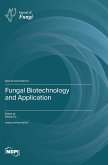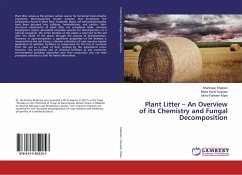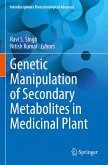The dried stigmas of the flower of Crocus sativus, known as Saffron, comprise the most expensive spice in the world. The cultivation and production of saffron is observing a constant decline worldwide including J&K, due to poor agronomic practices and disease management together with lack of breeding approaches. Lack of genetic improvement strategies and transformation protocols advocates the need to explore other possibilities for sustainable cultivation of saffron.The endophytes are intimately associated with plants and exert significant effect on the adaptation and functioning of host plant. Thus plant-endophyte interface provides an ecological marketplace for harnessing the potential of endophytes for desired purposes. C.sativus harbor a huge diversity of fungal endophytes. Saffron mycobiome is dominated by dark septate endophytes, with Phialophora mustea and Cadophora malorum being the preferred endophytes. Some endophytes were latent pathogens of Crocus with varying levels of severity. An oleaginous endophyte, M.alpina shifts the metabolic flux of Crocus towards enhanced production of apocarotenoids by modulating the expression of key genes of apocarotenoid pathway.
Hinweis: Dieser Artikel kann nur an eine deutsche Lieferadresse ausgeliefert werden.
Hinweis: Dieser Artikel kann nur an eine deutsche Lieferadresse ausgeliefert werden.








